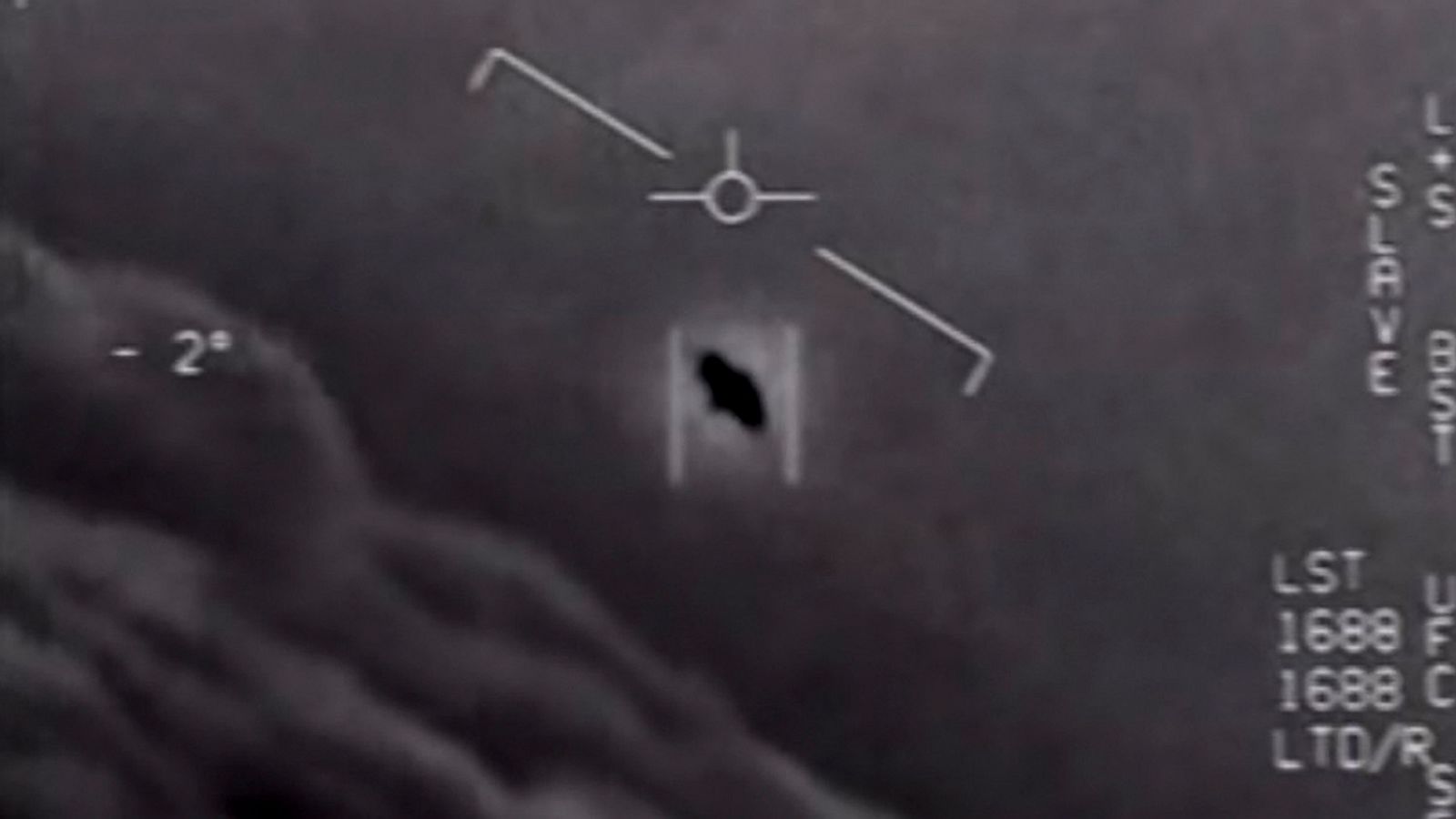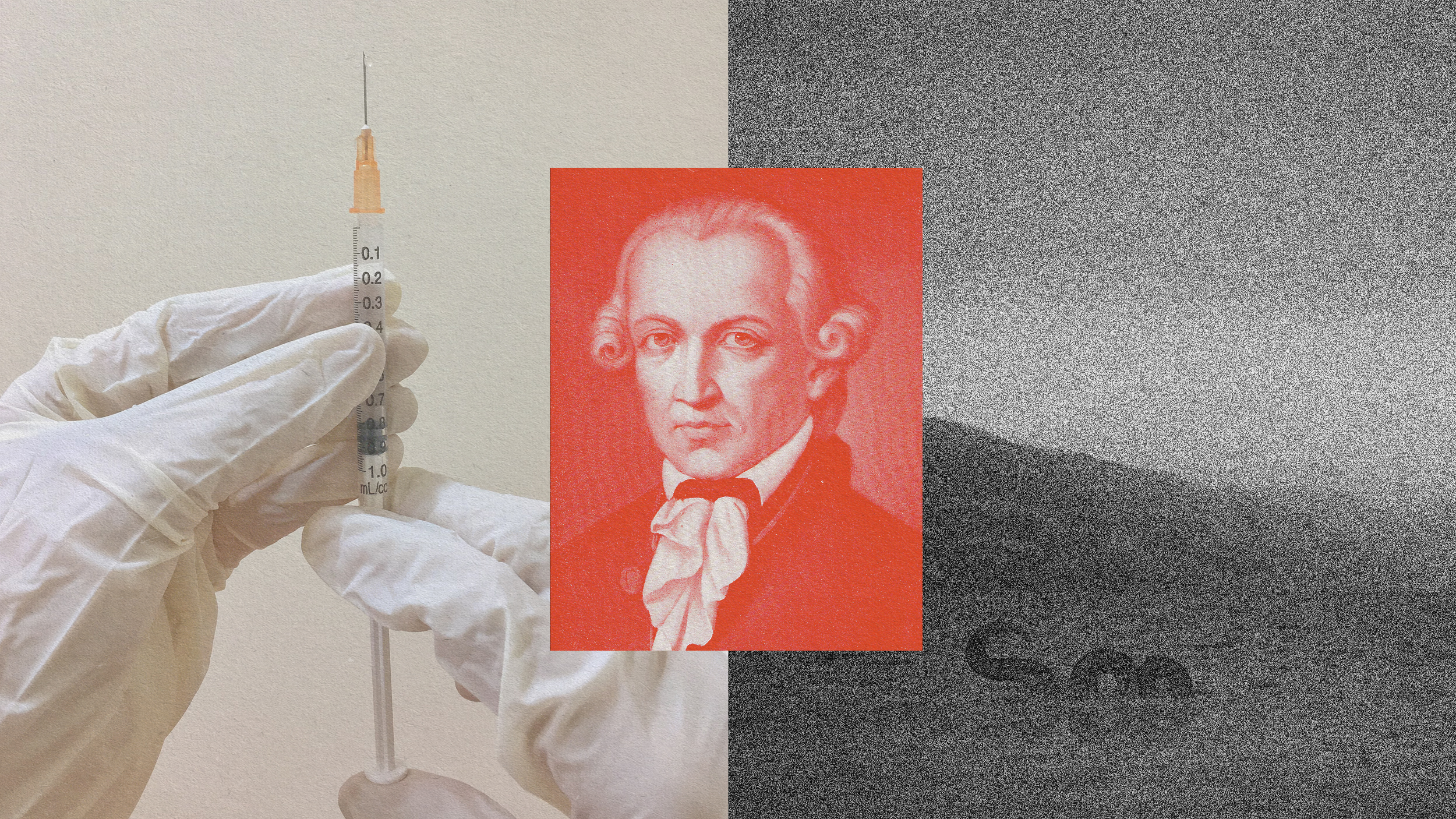Can Physics Save Football?

What’s the Big Idea?
The evolution of the football helmet is a cautionary tale of how inventions can cause new and potentially problematical human behaviors. Football helmets were initially designed to prevent skull fractures. Imagine that an eggshell is your skull and the yolk is your brain. The helmet is the bubble wrap that protects the skull from cracking. This protection was needed for the type of game played when helmets were created.
But, the game changed. Players believed that their heads were protected from all harm. Confidently donning their helmets, players literally used their heads—to tackle. The helmet was designed to protect players against harm (by skull fractures), but the new behavior created a new threat (of concussions and other brain injuries).
Watch my demonstration of this concept in the video here:
What’s the Significance?
These trade-offs happen in design all the time. A change in technology raises with new and unexpected problems. For example, LEDs are more efficient forms of lighting and do not produce as much heat as incandescent bulbs. You get more bang for your energy buck with LEDs. The down side comes in winter, when traffic lights with LEDs get covered with snow. Since they run cooler, they can no longer melt the snow on their own. So, now cities must figure out ways to remove snow from these very efficient stoplights. One innovation often comes with consequences.
So, we are at a crossroads in football. If we really want this game of collisions to continue without endangering players, we need new and better helmets. The answer can be found in Newton’s Laws of Motion. There is a concept in physics called impulse, which is equal to the force during impact and the time of impact. If you increase the amount of time while keeping the amount of impact the same, the amount of force experienced by the player will decrease.
A better way to describe this is the dropping of an egg on concrete and on a cushion. When the egg lands on the concrete, the time of impact is very short, which makes the amount of force the egg experiences high. The net result is that the egg cracks. Now, try to drop the egg on a cushion. When the egg hits the cushion, the impact takes longer as the egg sinks into the cushion and then bounces back. More time, means the net force is less and the eggshell does not break.
We need the same thing for helmets. We need more materials or designs with shock absorbing materials that slow down the impact and reduce the net force the skull experiences. This is one way to prevent brain injuries.
So that is the physics part. But the other barrier is social. Football players don’t want to wear helmets that are huge and look silly. One Hall of Fame quarterback said only half-jokingly he’d rather get a concussion than wear a particularly dorky—but highly protective—helmet. No one wants to be that guy.
Collisions are an integral part of modern football, but there are tradeoffs. We all need to use our heads, figuratively, and find ways to save the game from itself.
Ainissa Ramirez (@blkgrlphd) is a science evangelist who is passionate about getting kids of all ages excited about science. Before taking on this call, she was an associate professor of mechanical engineering at Yale University. Currently, she is writing a book on the science behind football with NYT bestselling author Allen St. John entitled Newton’s Football (Ballantine books).





